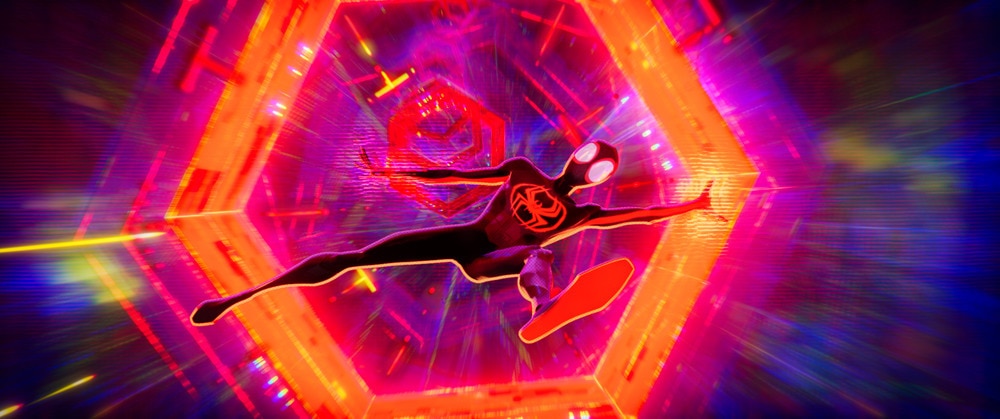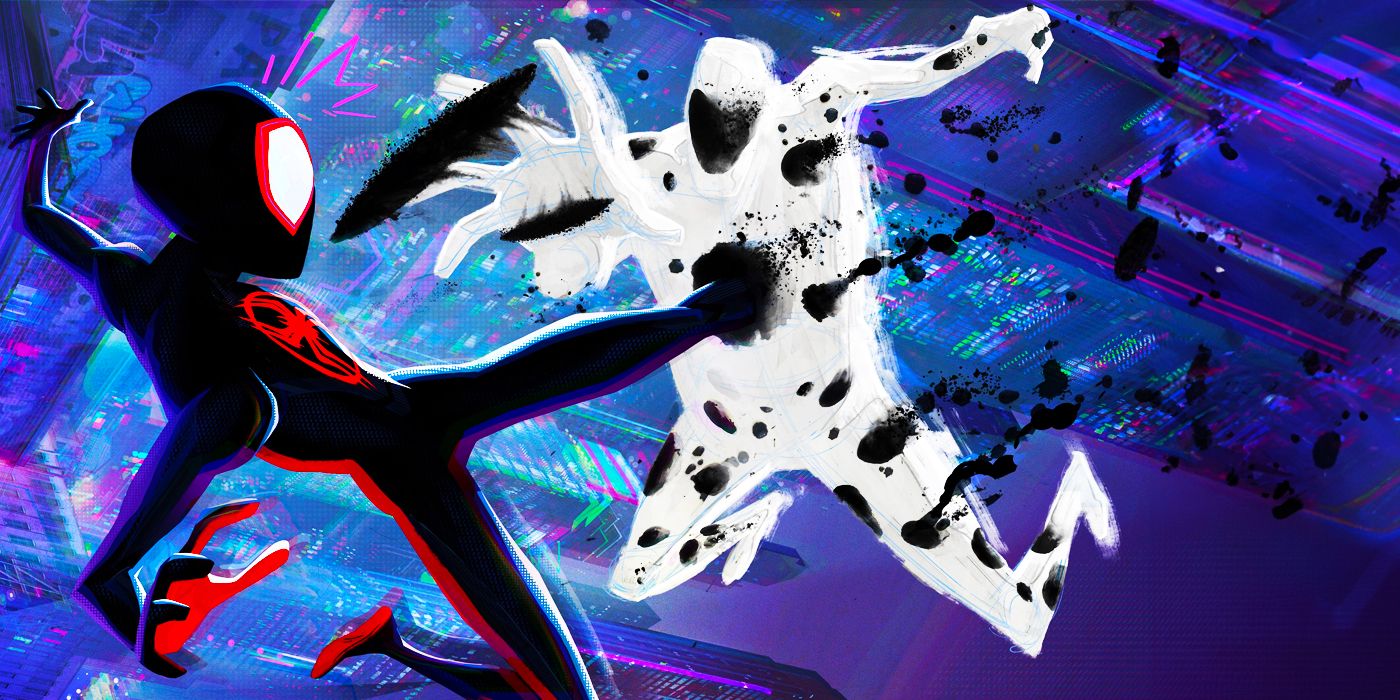Animation, a realm of limitless creativity, has been the gateway to transporting audiences into fantastical realms, much like the Avengers do on the big screen. In recent years, one animated film has pushed the boundaries of what is possible in the world of animation: ‘Spider-Man: Across the Spider-Verse.’ This 2022 sequel to the groundbreaking 2018 film ‘Spider-Man: Into the Spider-Verse’ is a testament to the artistry and innovation that can be achieved through animation.
A Diverse Visual Palette
In ‘Spider-Man: Across the Spider-Verse,’ the animation is a big deal. It mixes different ways of making things move on the screen, like old-school 2D animation and fancy computer-generated stuff (CGI). This blend of styles makes the Spider-Verse look amazing. Each Spider-Man character comes from a different world, and the way they move and look in the movie shows off their own special style.

For example, Miles Morales, the main character, moves around with graffiti-style animations. This makes him seem full of energy and matches the city he lives in. On the other hand, Spider-Gwen’s world is all sleek and futuristic with lots of bright colors. This fits her personality and makes her stand out. The animation styles help us tell the characters apart and show what makes them unique.
Experimental Techniques
‘Spider-Man: Across the Spider-Verse’ isn’t afraid to try out new animation tricks. It uses cool effects like glitches, comic book-style transitions between scenes, and crazy rifts that mess with reality. These tricks don’t just look cool; they also help tell the story better, making the Spider-Verse feel wild and unpredictable.

The movie also pays tribute to its comic book origins by using things like speech bubbles and comic book-style words that go “POW!” These touches make the story feel more like a comic book coming to life.
Character Design and Expressiveness
In this movie, how the characters look and move is a big deal. Each character’s animation style matches their personality and how they’re feeling. When Miles Morales is having a tough time and feels uncertain, his animation gets wild and messy, just like his emotions. But when funny characters like Spider-Man Noir or Spider-Ham show up, their animation gets over-the-top goofy, adding to the movie’s humor.

The characters’ faces and bodies show a lot of emotion. Even without talking, we can tell what they’re thinking and feeling because the animators paid a lot of attention to detail.
The Power of Visual Storytelling
‘Spider-Man: Across the Spider-Verse’ is really good at telling stories through animation. The animation isn’t just there to look nice; it’s a big part of what makes the story work. From the action scenes where things move super fast to the quiet moments where the characters think about things, every part of the animation helps us get into the story.
/cdn.vox-cdn.com/uploads/chorus_asset/file/24559541/across_the_spider_verse_chase.jpg)
The animation doesn’t just show us what’s happening; it also shows us how the characters feel and how they change over time. It’s like a superpower that animation has, and it’s something that live-action movies can’t do in quite the same way.
In conclusion, ‘Spider-Man: Across the Spider-Verse’ exemplifies the artistry and innovation achievable in superhero movies through animation. It not only showcases the medium’s potential for storytelling but also immerses audiences on a deep emotional level. As animation advances and redefines its boundaries, films like this serve as a reminder of the limitless possibilities within the superhero movie genre.